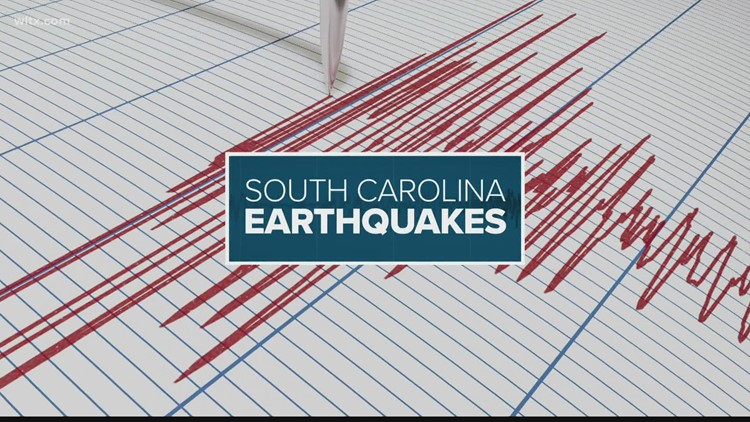GREENVILLE COUNTY, S.C. — The Charleston area and more recently Kershaw County may get the lion's share of attention when it comes to earthquakes in South Carolina these days.
So it may have been a surprise for residents in the community of Taylors in Greenville County when a magnitude 2.2 rumbled the ground beneath them late Friday evening.
The U.S. Geological Survey reports that the earthquake happened around 10:02 p.m. about 5 miles to the northwest of the community which has a population of about 22,000 people.
Of those, however, so far only about 28 people have reported actually feeling the earthquake, which is on the weak side on the overall scale. Typically earthquakes become noticeable at magnitudes of 2.5 and up - and rarely cause damage unless they're considerably larger.
South Carolina's earthquakes occur in the bedrock typically several miles below the surface. And while they aren't particularly common in the Upstate and lower North Carolina region, they aren't unheard of.
The USGS reports that, since at least 1776, people living in inland North and South Carolina along with parts of Georgia and Tennessee have felt small earthquakes and even had damage from larger ones. The region's largest earthquake on record was a magnitude 5.1 in 1916.
Meanwhile, damaging earthquakes hit the inland portions of the Carolinas every few decades with smaller ones felt every year or two, the USGS states.
Like other parts of the state that are seismically active, bedrock in the inland regions of South Carolina was put into place when a supercontinent formed about 500 million to 300 million years ago, raising the Appalachian Mountains in the process. The rest, according to the USGS, was left when the supercontinent broke apart about 200 million years ago.
So while the area has several known faults, many more are buried deep and not detected until an actual earthquake happens.
The same is true for areas like Charleston and the surrounding Lowcountry which also experienced a small earthquake on Friday with a magnitude of about 1.1.



